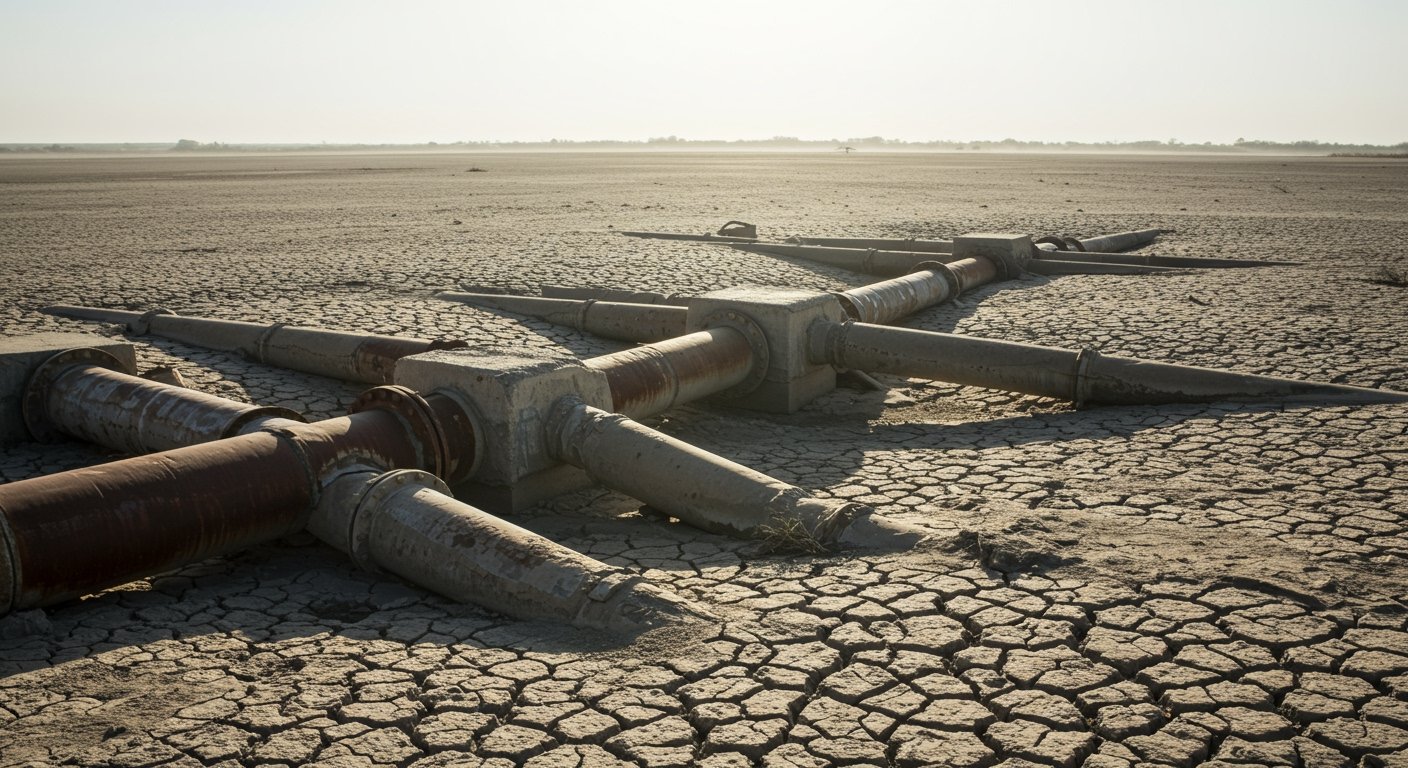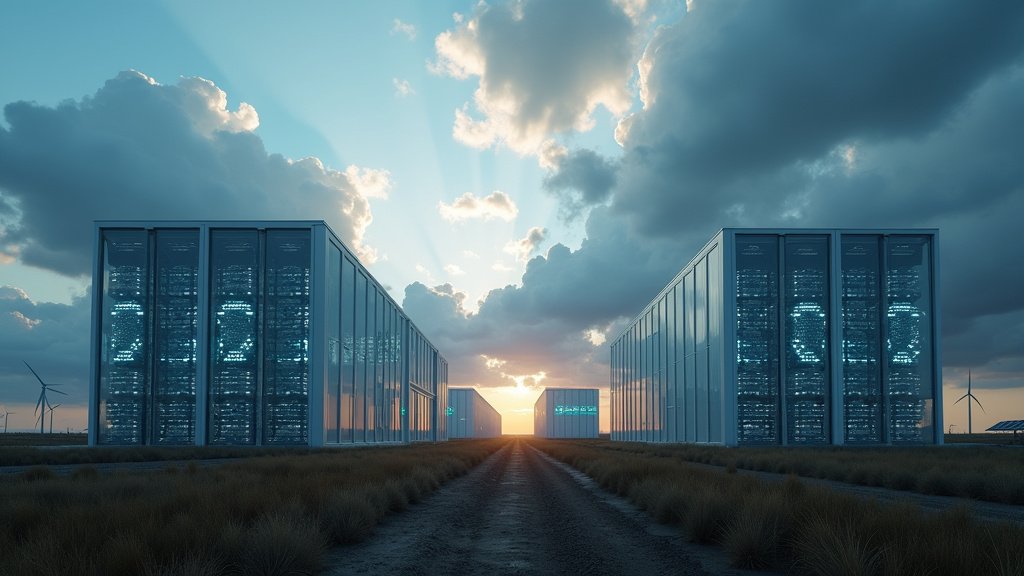A stark warning from the Texas Water Development Board indicates that the state of Texas could face a critical water shortage, potentially running out of sufficient supply, as early as 2030 unless significant interventions are implemented. The confluence of persistent drought conditions, rapidly aging water infrastructure, and a burgeoning population is converging to create a severe challenge for the state’s water future.
The Texas Water Development Board’s Assessment
The Texas Water Development Board (TWDB), the state’s primary water planning and funding agency, has sounded the alarm based on its comprehensive analyses of Texas’s water resources and demands. Their assessment points to the year 2030 as a potential inflection point where the state’s water needs could outstrip its available supply if current trends and conditions persist. This projection underscores the urgent need for strategic investment and improved water management practices across the state.
Several factors contribute to this concerning forecast. Prolonged periods of drought have depleted surface water reservoirs and stressed groundwater aquifers, which are the lifeblood of Texas’s water supply for both municipal and agricultural use. Simultaneously, much of the state’s water infrastructure, including pipes, canals, and treatment facilities, is decades old and increasingly prone to failures. This deterioration leads to substantial water losses before it can reach homes, farms, and businesses.
Adding further pressure to the system is Texas’s rapid population growth. As more people move to the state, the demand for water for residential, commercial, and industrial purposes escalates, placing an ever-increasing strain on finite water resources.
Legislative Measures Proposed
In response to the deepening crisis identified by the TWDB, Texas lawmakers have proposed two significant pieces of legislation aimed at addressing the state’s water challenges: Senate Bill 7 (SB 7) and House Joint Resolution 7 (HJR 7). These measures collectively propose the allocation of a substantial $20 billion for infrastructure improvements and new water development projects across Texas. The goal is to upgrade existing systems, build new infrastructure, and develop additional water sources to bridge the projected supply gap.
House Joint Resolution 7, in particular, outlines a specific funding mechanism that would require voter approval. If passed by the legislature, HJR 7 would appear on the ballot for Texans to decide in November. This resolution proposes dedicating $1 billion annually from the state’s sales tax revenue specifically for these critical water projects. This dedicated funding stream is intended to provide a consistent and significant source of capital for long-term water planning and implementation.
Should House Joint Resolution 7 receive voter approval in November, the Texas Water Development Board would be tasked with the crucial responsibility of overseeing the allocation and management of these funds, as well as the execution of the funded projects. The TWDB’s role would be to ensure that the investment is directed towards the most impactful projects that enhance the state’s water security and resilience.
Impact on Agriculture and Inter-State Challenges
The potential water crisis has profound implications for Texas’s vital agricultural sector. Agriculture Commissioner Sid Miller has been vocal about the severe impact that water scarcity is already having on the state’s farming and ranching operations. He highlighted the particular vulnerability of the sugar cane industry, which is highly water-intensive, to drought conditions and water shortages.
Commissioner Miller also drew attention to the ongoing and complex issue regarding the Rio Grande treaty with Mexico. This international agreement governs the allocation of water resources along the shared border, and disputes over treaty compliance and water deliveries can significantly affect the availability of water for Texas irrigators and communities along the river. This international dimension adds another layer of complexity to managing the state’s water resources, especially in times of scarcity.
Exploring Water Management Strategies
Beyond large-scale infrastructure investment, state officials and experts are also emphasizing the importance of improved water management practices at various levels. Agriculture Commissioner Sid Miller suggested several strategies that could help Texas conserve and utilize water more effectively. These include capturing stormwater runoff, which can be a significant source of water during rain events but is often lost.
Another proposed practice is the capture and treatment of water from municipal treatment plants for use in irrigation, particularly in agriculture and landscaping. This approach, often referred to as water recycling or reuse, can reduce the demand on potable water sources.
Commissioner Miller also advocated for the wider adoption of rainwater harvesting, encouraging individuals and businesses to collect and store rainwater for non-potable uses. Such decentralized approaches can collectively contribute to reducing overall water demand on public supply systems.
These management practices become even more critical when considering the efficiency challenges within the current system. Commissioner Miller pointed out that due to outdated and failing infrastructure, up to 70% of the state’s water can be lost during transport from source to destination. Addressing these leaks and inefficiencies through infrastructure upgrades is paramount to conserving existing supplies.
Population Growth as a Stressor
The undeniable factor of population growth in Texas serves as a constant stressor on the state’s water resources. With more people requiring water for daily life, industries needing water for operations, and municipalities needing water for essential services, the total demand continues its upward trajectory. This escalating demand, coupled with the constraints imposed by drought and infrastructure issues, narrows the margin between supply and need, making the 2030 projection a very real possibility if not addressed proactively and effectively.
The Path Forward
The warning from the Texas Water Development Board presents a critical juncture for the state. The proposed legislative actions, Senate Bill 7 and House Joint Resolution 7, represent a significant potential investment of $20 billion to rebuild and expand Texas’s water capabilities. The decision in November on HJR 7 will be a pivotal moment, determining whether a dedicated funding stream of $1 billion annually from sales tax revenue is established to support these efforts under the oversight of the TWDB.
Addressing the water crisis requires a multi-pronged approach encompassing large-scale infrastructure projects, smart management practices like capturing stormwater, treated wastewater reuse for irrigation, and rainwater harvesting, and confronting complex issues such as international water treaties with partners like Mexico. The statistic regarding the up to 70% water loss during transport due to old infrastructure powerfully illustrates the scale of the challenge and the potential gains from modernization.
Failure to act decisively on these fronts could lead Texas towards a severe water deficit by 2030, with far-reaching consequences for its economy, environment, and the daily lives of its residents. The coming months will be crucial in determining the state’s capacity to secure a sustainable water future.






